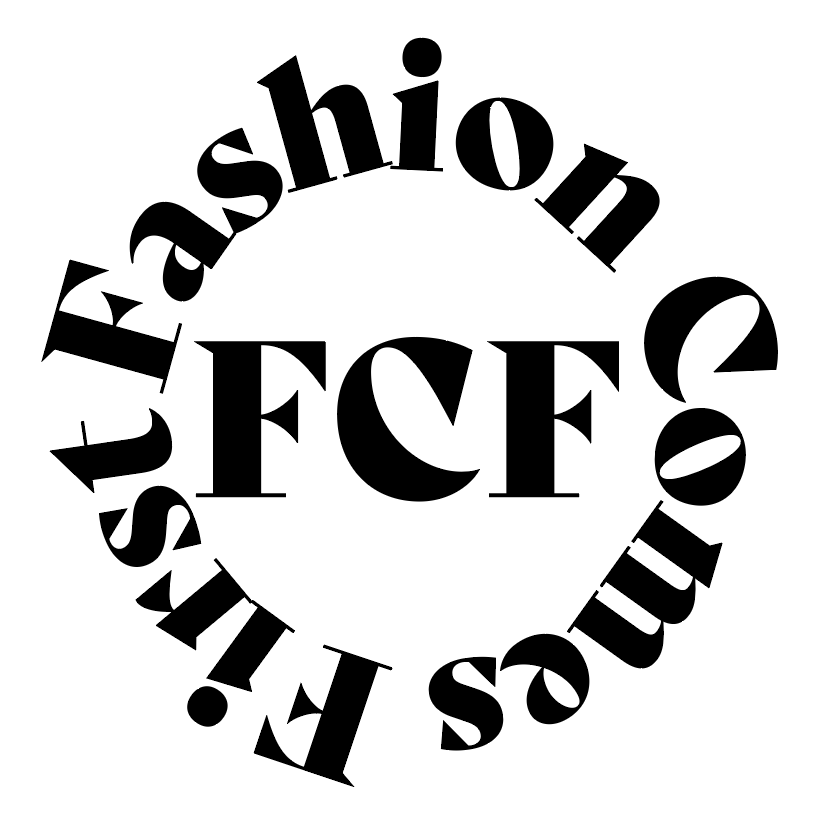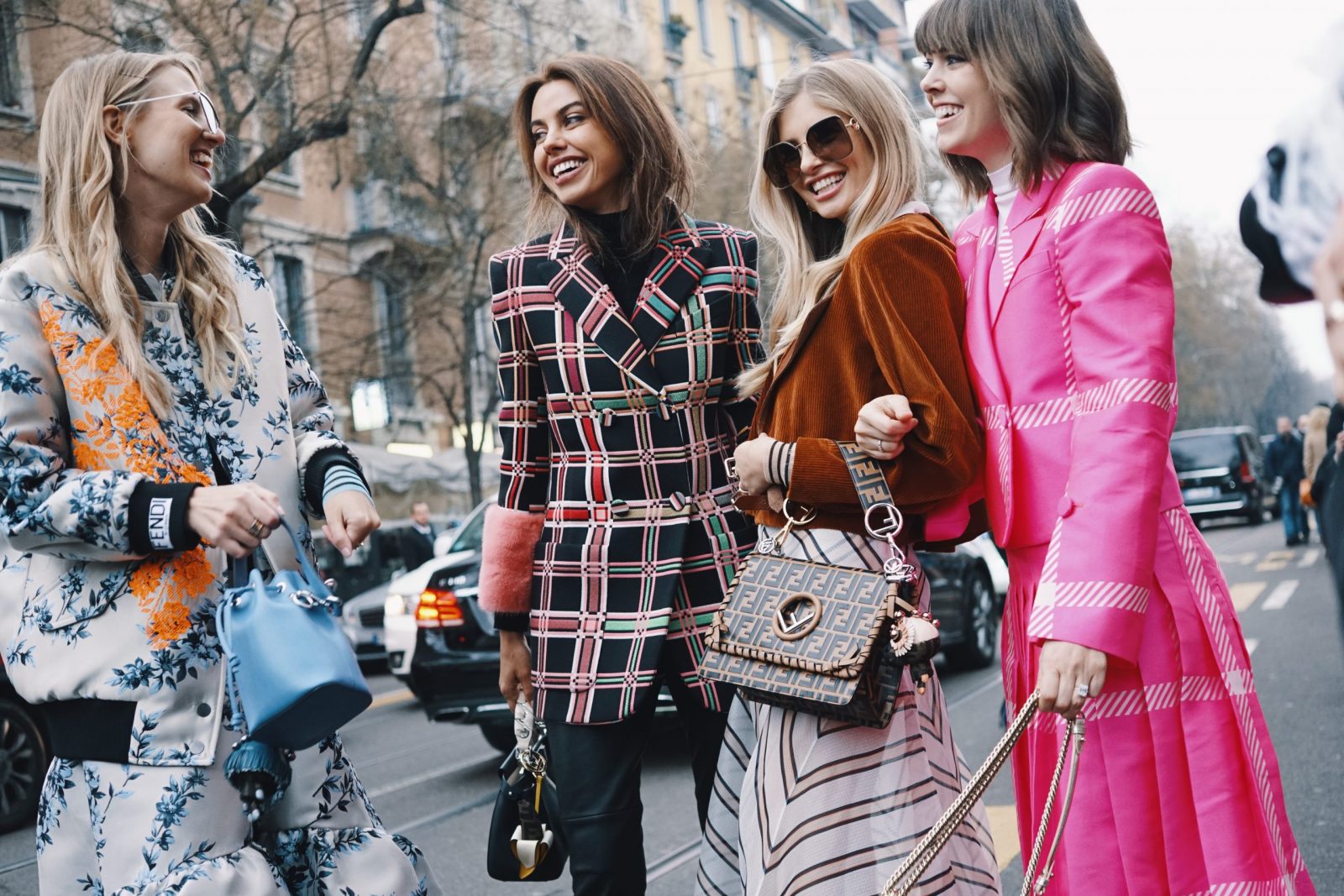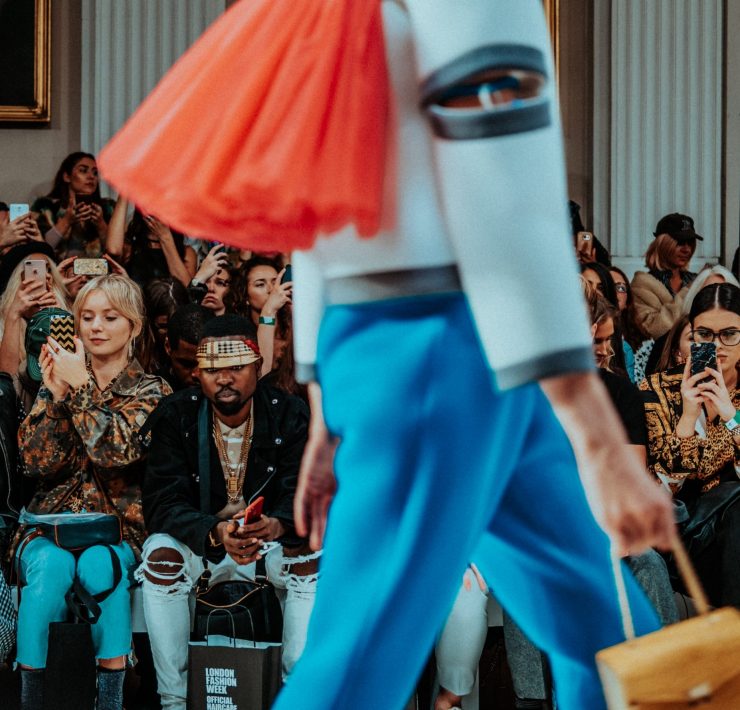Wiktoria is a student at London College of Fashion.
Editorial credit: Creative Lab / Shutterstock.com
Before the days of Instagram influencers, bloggers ruled the internet. Women dominated fashion blogs and used them as a form of self-expression in the modern world governed by technology. At the turn of the millennium sites like Blogger, LiveJournal and Open Diary gave web space to normal people without any coding required. Fashion blogs such as SheSheMe, New York Fashion Blog, and The Budget Fashionista gained massive popularity by 2003 and symbolized the new way of fashion communication. Blogs were more personal and certainly more inclusive as the owners were not professional fashion journalists that dominated the front rows at fashion week but fashion fanatics- the same people that read those blogs.
Just like today’s influencers, bloggers quickly gained massive popularity and it was not long before they got involved within the fashion industry and graced the front rows of prestigious fashion weeks around the globe. Some fashion bloggers have formed the same friendships with designers as fashion editors which cemented their place within the industry. In 2003, The Budget Fashionista was blogging from New York Fashion Week as designers became aware of the influence that fashion blogs have come to possess. By 2009, bloggers were sitting front rows at shows like Dolce & Gabbana. New York Times and the Washington Post started to feature fashion bloggers by 2009 proving how much impact they had on mainstream media. Fashion blogging is one of the fastest-growing blog genres as there are more than 50,000 fashion bloggers that belong to the Independent Fashion Bloggers’ coalition which shows not only how popular fashion is as an interest but also how easy it has become to build your own platform even as an outsider to an industry like fashion.
Blogging proved to be the first step on the ladder of success for many as some bloggers turned into fixtures within the industry, became fashion icons, and have used their success to secure brand partnerships with fashion houses, print and TV advertisements, and for some even TV shows. By 2008 brand endorsements became so popular that the Federal Trade Commission stated that bloggers had to disclose whether they were being sponsored by brands when endorsing products. Brand endorsements ranged from clothes to cosmetics to books as the fashion bloggers had a word-of-mouth kind of outreach- it did not seem as artificial as official advertising which proved to be almost as successful as celebrity endorsement. Bloggers had a bond with their audiences which made their impact like no other- it felt like a friend was recommending you a product because they liked it rather than a stranger that got paid for it.
In the last decade, ever since the dawn of Instagram and Twitter, a different kind of phenomenon swept over the fashion industry: the fashion influencer. Fashion influencers are similar to fashion bloggers in the sense that most of them started off as normal people that loved fashion but instead of writing up posts, they would post photographs to show off how they live. Initially, it seemed fantastic as it was not like following a celebrity with an unattainable lifestyle but a friend that does normal things just like everyone else. There is one simple key to taking off as a fashion influencer: becoming friends with the algorithm.
When speaking to British Vogue in 2017, influencer Camille Charrière said, “ I know what works and what doesn’t… I know that if I want 8,000 likes on an Instagram post then I need to be wearing jeans and a T-shirt with Converse. In general, people like simplicity. They’re looking for reality because that’s something they can emulate and buy into. That’s how bloggers took off… Whereas fashion magazines were showing clothes in glamorous shoots, we were showing how to wear them on the street.” As people read less and less, it makes sense that Twitter replaced the morning newspaper and Instagram became the source of style inspiration as it seems far easier to look at pictures of someone fashionable rather than read 1,000-word posts about what is in this season.
Charrière also said, “Your highest currency right now seems to be your number of followers. It’s more important than anything else you can add to your CV, and yes, perhaps that’s a bit sad, but it’s the way the world works. It has become your worth.” She is not wrong as having a mass audience has opened the same opportunities for fashion influencers like fashion bloggers. Charrière’s Instagram feed is dominated by ‘aesthetically pleasing’ photographs of her everyday life as well as photos from prestigious events that she has attended before Covid-19. What initially attracts people to influencers seems to be the simplicity of their everyday life and as they grow, their glamorous shots from prestigious events are what make people stay as they get an insight into a different way of life. The biggest fashion influencer today is no doubt Kylie Jenner who possesses an Instagram following of 225m making her one of the most-followed people on the internet. Although her life is in no way ‘simple’, her feed is pleasing to look at and lets normal people have an insight into the life of the celebrity jet-setter- a lifestyle that only seemed like a fantasy no more than 10 years ago.
Are influencers taking over bloggers? Possibly but that is not to say that the impact of fashion bloggers is irrelevant as they are the ascendents of fashion influencers. Fashion bloggers were the people that first opened the doors for normal people into the fashion industry so it is safe to say that fashion bloggers ‘walked’ so fashion influencers could ‘run’.











